Coram House by Bailey Seybolt
"Coram House is a haunted — and haunting — novel, with an ending you will not see coming."
“That’s the thing you have to understand. The years we spent there. You can leave Coram House, but you can’t leave it behind. Not all of it. The worst of it you carry with you. It becomes part of you. And sometimes I worry you pass it on.”
Coram House is an abandoned orphanage on the shores of Lake Champlain in Vermont, and terrible things happened there, though it’s not always clear exactly what. There are stories, though — about a girl pushed out a second-story window, a boy electrocuted trying to climb a fence, a priest who expected favors, and, especially, a nine-year-old boy named Tommy who disappeared one day. Some say he drowned in the lake as part of a “swimming lesson;” others say he simply ran away. The truth is hard to pin down.
But the truth is what Alex Kelley is there to find out.
In Bailey Seybolt’s Coram House, Kelley is a true crime writer, and her life is a disaster. Her husband died three years ago, and her last book was an epic failure, and so when the offer to ghostwrite a book about the orphanage comes along, it feels like it’s a lifeline, albeit a drastic one:
“Walked away from the apartment I’ve lived in for seven years. Check. Gotten rid of most of my belongings, check. Moved to a town where I know no one. Agreed to ghostwrite a book with a complete stranger. Check, check, check.”
She has no idea what she’s gotten into, however. All kinds of crosscurrents swirl around that place — histories and old animosities that bleed into the present. Nobody is entirely trustworthy, everybody is hiding something: “The story feels like a tree. Every time I manage to ask one question or find a new piece of information, the story branches out into three more questions, ten more, growing thinner and harder to grasp as it grows toward the sun.”
And then people start dying, not in pleasant ways. People who were there, who might have told her things …
Who might get her killed next …
Filled with drama, acute psychological insight, and atmospheric writing that makes you feel the cold and hear the creak of the floorboards, Coram House is a haunted — and haunting — novel, with an ending you will not see coming.
Sometimes, the true monsters are the ones you cannot predict.
The people in Coram House are fictional. The place it’s based on is not.
“When I first moved to Burlington,” the author says, “I used to drive by this big, looming brick building overlooking Lake Champlain, beside a massive graveyard. If it sounds spooky, it was. But also beautiful and abandoned. And I thought — huh, what’s the story there?
“It turned out to be St. Joseph’s, a Catholic orphanage that had closed back in the 70s. This was back in the winter of 2018, so Christine Kenneally had just published an in-depth investigation into the abuses at St. Joseph’s (she later expanded this into an excellent book — my narrator would have been proud! — but that didn’t exist yet).
“It shocked me. Kids thrown out the window. Abused. Killed. Forgotten. And I think it was that disconnect between surface — historic building, nice view — and the horror of what had happened there that planted the seed in my brain.
“At one point, my narrator wonders if evil is a seed, born inside each of us, waiting for the right conditions to thrive. And more than anything else, I think that’s what Coram House is about. Whether there’s an answer in the book, I’ll leave that up to readers.
“For anyone who’s curious about the true history of St. Joseph’s, I cannot recommend Christine Kenneally’s Ghosts of the Orphanage enough. It’s both horrifying and riveting, a deep dive into the events at St. Joseph’s and elsewhere, and the reckoning that comes after.”
There are other writers she recommends, too.
“My Mom gave me a copy of Pet Sematary, and my journey to darkness began. Kidding — sort of.
“I grew up as a voracious and eclectic reader — horror, mystery, literary, classics — which I think really shaped my love for genre fiction, but also my demand for sharply-written sentences.
“There were a few books in particular I kept coming back to while I wrote Coram House, especially in the last stages. Mysteries that had immersive settings, built a mood, and grappled with ideas beyond plot. My desk has books by Tana French, Jessica Knoll, Daphne Du Maurier, Rebecca Makkai, Flynn Berry, Liz Moore, and others I’m sure I’m forgetting.”
What she calls “writerly jobs” helped as well:
“My first job out of college was as a copyeditor at the Vietnam News in Hanoi. This was the official English language newspaper of the communist government of Vietnam. So I sat next to a censor! And a man who’d been a war hero, but mostly took naps at his desk. Fast forward a few years, and I was living in Montreal, pretending I knew marketing to get a job in tech — mostly writing headlines for emails. So, yes, it’s been varied.
“But here’s the thing: it’s all storytelling. And nothing trains you to be an editor of your own work like copywriting, where you have to explain, pique interest, and command urgency in a single headline. Even if you’re only selling cereal.”
And even if it’s a whole book: “I always shy away from talking about process, because it feels like I’m imposing order on it in hindsight, when in reality it is very chaotic and mysterious (even to me).
“Joan Didion wrote that her notebook was filled with ‘bits of the mind’s string too short to use.’ Which is sometimes what writing a book feels like to me. Like I’m collecting pieces of string — whether it’s an image, an idea, a setting — and then figuring out how to tie them together.”
Also varied: her experiences in finding a publisher. “I’ve experienced both sides,” she says, “the bumpy and smooth.”
“Kids’ books were my first love. Years ago, I wrote a Middle Grade novel and went through the entire soul-crushing query-and-rejection process. So I feel deeply for all writers in it now. Though the silver lining was, I had a non-murdery drawer novel to share with my seven-year-old. She’s a pretty harsh critic and gave it a thumbs-up, so you never know.
“Coram House was a very different story. It took me almost three years to write it — though between having an infant, a toddler, a job, and a pandemic, it sometimes feels like a miracle I ever did. Then I sent my first query — and I think it was only six weeks from that point to when my agent sold the book.”
That deserves an exclamation point. Next up is a novel set on an island in Maine. She won’t say much about it — “It’s nearly done, though I’m sure I’ve jinxed myself saying that out loud.” But notes, “I find islands so fascinating – the isolation, the way microcultures develop and people know each other for generations. It feels like fertile ground for a mystery.”
Yes, it does.
About Bailey Seybolt:
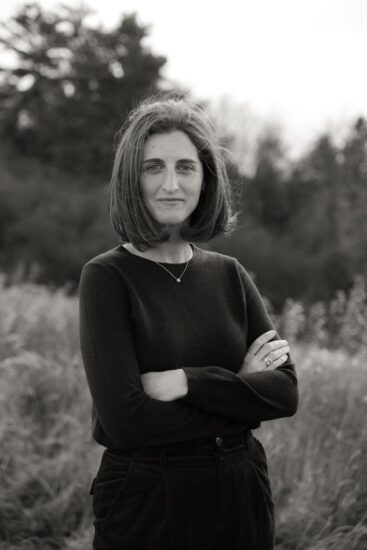 Bailey Seybolt grew up in New York City. She studied literature at Brown University and creative writing at Concordia University. She’s worked as a travel writer in Hanoi, a tech writer in San Francisco, and many writerly jobs in between. She now lives with her family in Vermont, not far from Lake Champlain. Coram House is her debut novel.
Bailey Seybolt grew up in New York City. She studied literature at Brown University and creative writing at Concordia University. She’s worked as a travel writer in Hanoi, a tech writer in San Francisco, and many writerly jobs in between. She now lives with her family in Vermont, not far from Lake Champlain. Coram House is her debut novel.
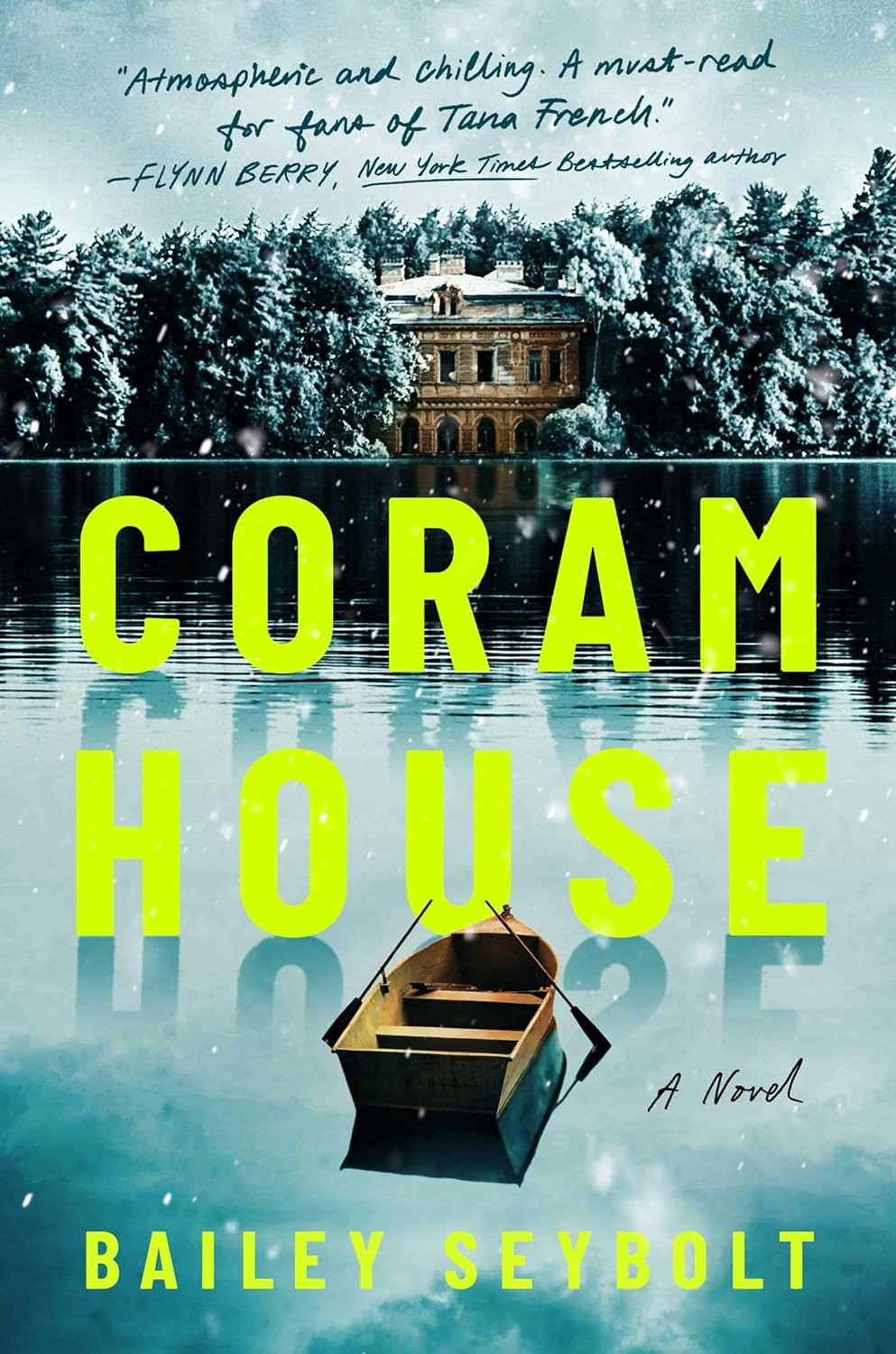
Publish Date: 4/15/2025
Genre: Thrillers
Author: Bailey Seybolt
Page Count: 320 pages
Publisher: Atria Books
ISBN: 9781668057001



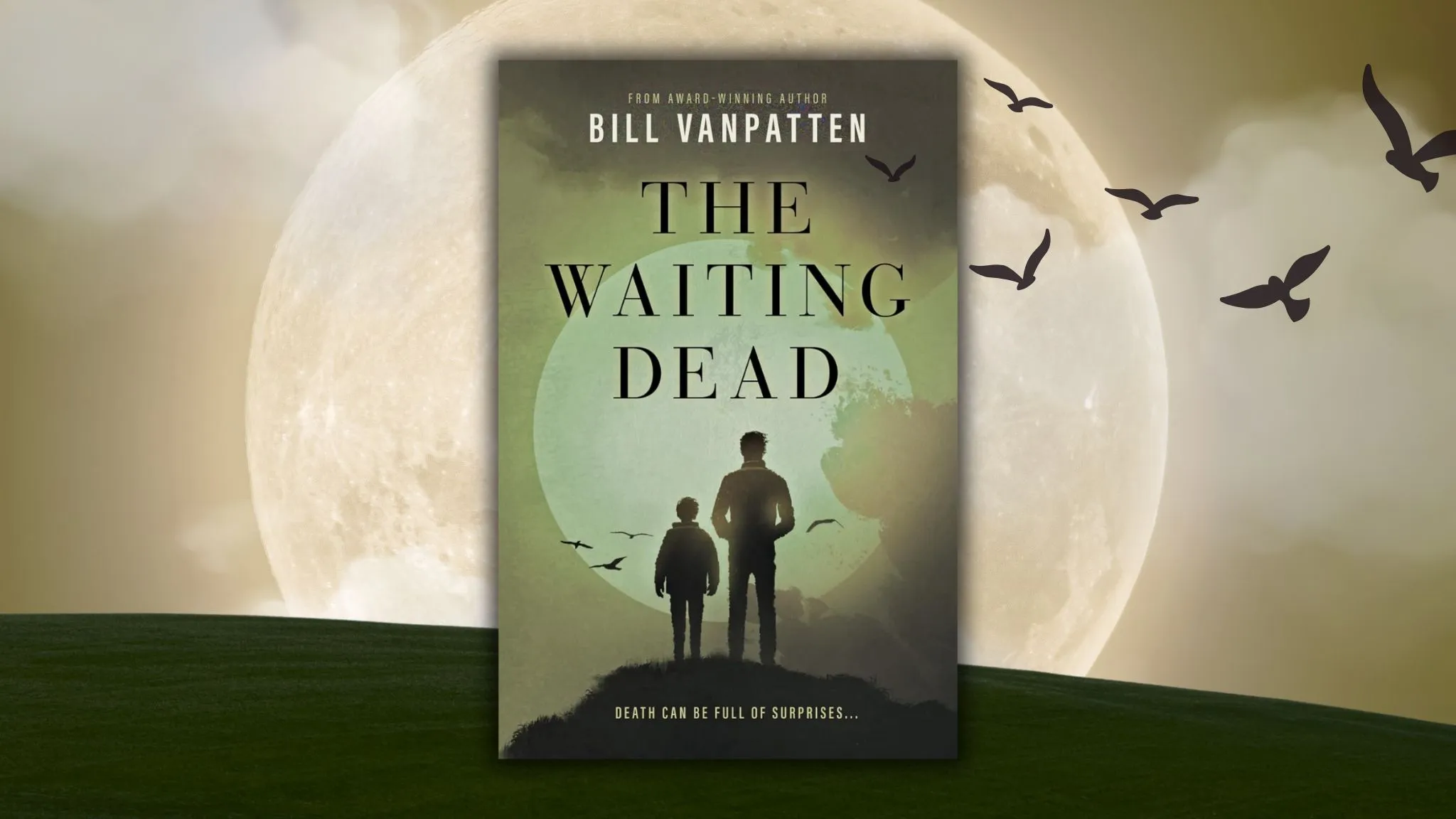

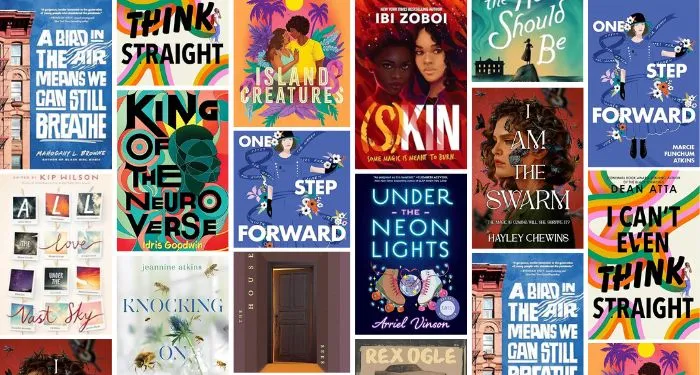

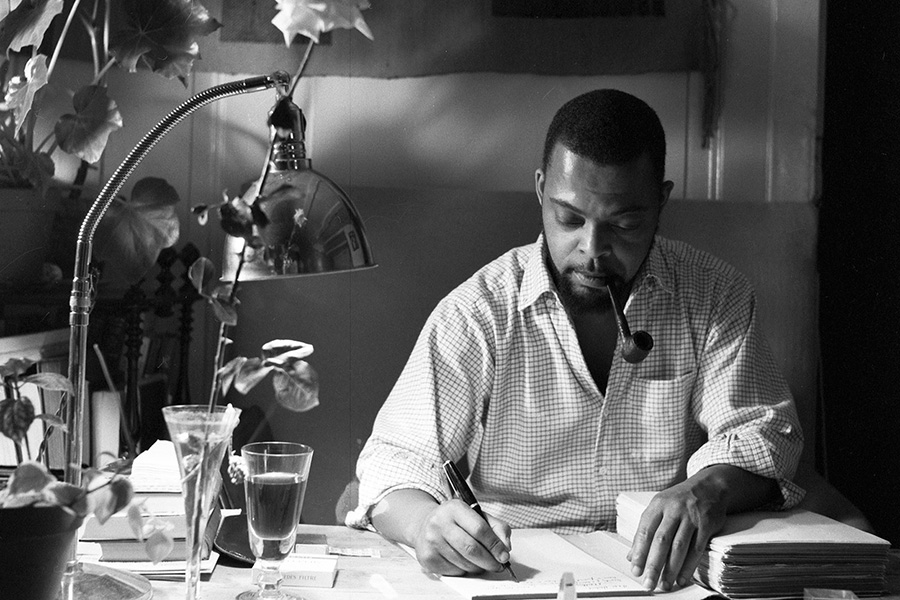



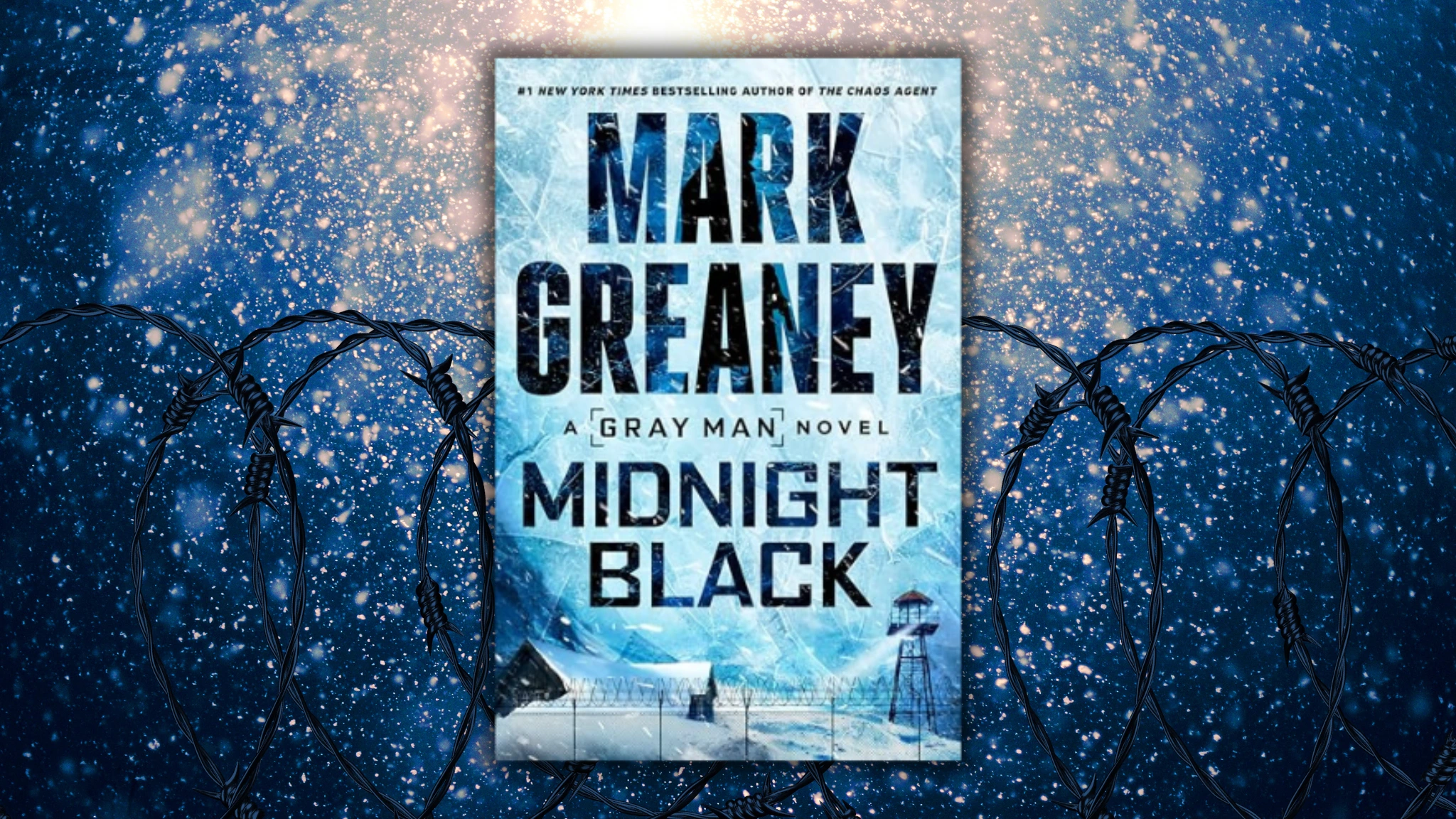

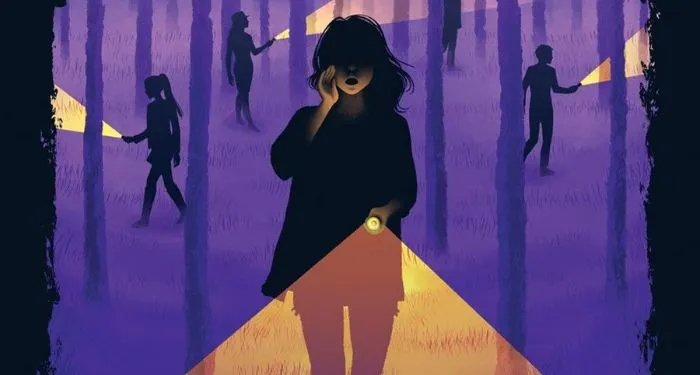

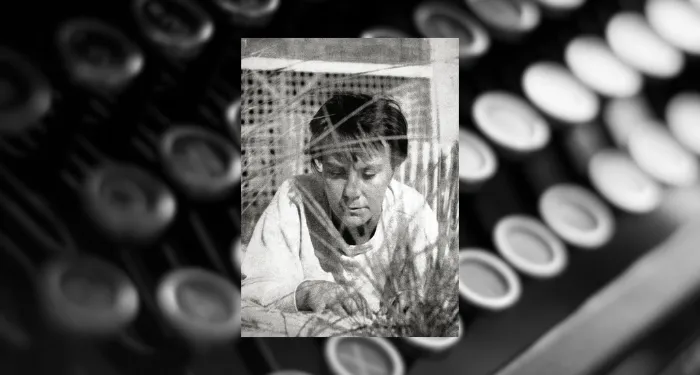

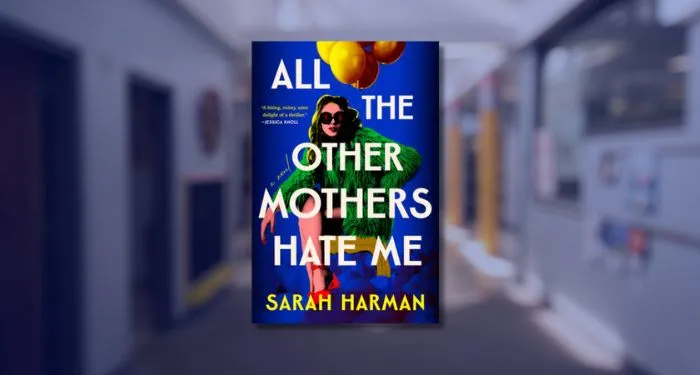
 English (US) ·
English (US) ·